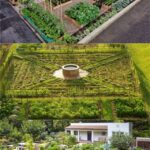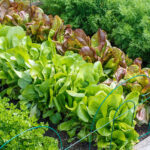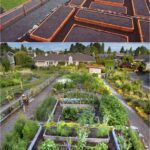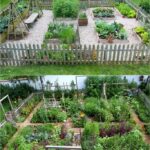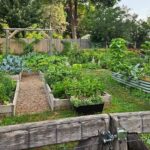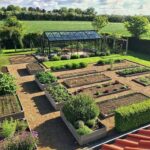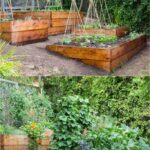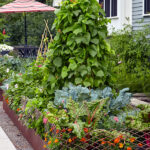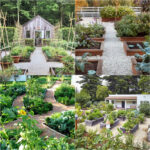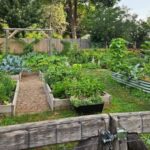Vegetable garden design is an important aspect of creating a productive and visually appealing garden. There are several key factors to consider when planning the layout and organization of a vegetable garden. One of the first steps in designing a vegetable garden is to consider the size and shape of the space available. This will help determine the layout of the garden beds and walkways.
When it comes to vegetable garden design, it is important to think about the types of vegetables you want to grow and their specific requirements. Some vegetables, such as tomatoes and peppers, require more sunlight than others, so it is important to place these plants in a sunny spot in the garden. Similarly, some vegetables, like lettuce and spinach, prefer cooler temperatures, so they may do better in a partially shaded area.
Another important consideration in vegetable garden design is the layout of the garden beds. Depending on the size of the space available, you may choose to create raised beds, traditional rows, or a combination of both. Raised beds are a popular choice for vegetable gardens, as they provide good drainage, prevent soil compaction, and can make it easier to control weeds and pests. Traditional rows are a more traditional option and can be easier to maintain.
In addition to the layout of the garden beds, it is important to consider the spacing of the plants within each bed. Different vegetables have different spacing requirements, so it is important to do some research on the specific needs of the plants you plan to grow. Proper spacing will help prevent overcrowding, promote good air circulation, and make it easier to harvest the vegetables when they are ready.
Lastly, consider adding some decorative elements to your vegetable garden design. Arbors, trellises, and other structures can add visual interest to the garden and provide support for climbing plants like cucumbers and beans. You may also want to include a seating area or a water feature to create a relaxing and inviting space where you can enjoy your garden.
Overall, a well-planned vegetable garden design can help you maximize the productivity and beauty of your garden. By considering the size and shape of your space, the specific requirements of the plants you want to grow, the layout of the garden beds, proper spacing, and decorative elements, you can create a vegetable garden that is both functional and aesthetically pleasing. With careful planning and attention to detail, you can enjoy a bountiful harvest of fresh, home-grown vegetables all season long.

